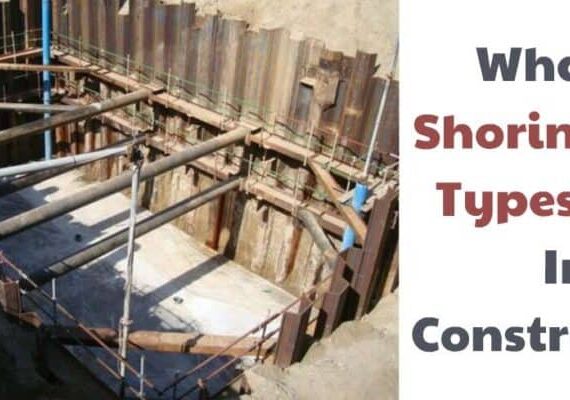Land Registry Caution Removal – Caveat
Land Registry Caution Removal -Caveat

Caveat Meaning.
The word Caveat means warning or proviso (something said as a warning, caution, or qualification). The lodging of a caveat over a property is a way telling anyone who wants to deal with the property to be aware of the fact that someone else’s interest already has priority.
What is Caution?

A Caution is a notice in the form of a register to the effect that no action of a specified nature in relation to the land in respect of which the notice has been entered may be taken without first informing the person who gave the notice.
How to remove a caveat on your property

Any person who is claiming a contractual or other right over land amounting to a defined interest capable of creation by a registrable instrument, e.g. a lease, may lodge a caution with the Registrar against any dealing which is inconsistent with his interest. Entry of a transaction, with respect to such land, may not then be made unless the cautioner has received notice. Lodging of a caveat or caution without reasonable cause can lead to a remedy in damages. Here we address;
💥🎁 Christmas & Year-End Deals On Amazon !
Don't miss out on the best discounts and top-rated products available right now!
🛒 Shop Now and Save Big Today!*As an Amazon Associate, I earn from qualifying purchases.
- Notice and effect of Caution
- Withdrawal/removal of the Caution
- Second Caution in respect to the same matter
- Wrongful Caution
Land registry caution removal?
- Notice and effect of Caution
The registrar shall give notice in writing of a caution to the proprietor whose land, lease or charge is affected. So long as the caution remains registered, no disposition which is inconsistent with it shall be registered, except with the consent of the cautioner or by order of the court.
2. Withdrawal/removal of the Caution
- A caution can be removed by the person lodging the same, or by order or the court, or subject to Section 73 (2) of the LRA, by order of the Registrar, if such person fails to remove it after being served with a notice to do so by the Registrar.
- According to Subsection 2 registrar may, on the application of another person interested, serve notice on the cautioner warning him that his caution will be removed at the expiration of the time stated in the notice. If at the expiration of the time stated the cautioner has not objected, the registrar may remove the caution.
3.Second Caution in respect to the same matter

The registrar may refuse to accept a further caution by the same person or anyone on his behalf in relation to the same matter as a previous caution
However, if the cautioner objects to the removal of the caution, they shall notify the Registrar, in writing, of the objection within the time specified in the notice, and the Registrar shall, after giving the parties an opportunity of being heard, make such order as the Registrar considers fit, and may in the order provide for the payment of costs.
💥🎁 Christmas & Year-End Deals On Amazon !
Don't miss out on the best discounts and top-rated products available right now!
🛒 Shop Now and Save Big Today!*As an Amazon Associate, I earn from qualifying purchases.
4. Wrongful Caution
Any person who lodges or maintains a caution wrongfully and without reasonable cause shall be liable, in an action for damaged at the suit of any person who has sustained damage, to pay compensation to such person.
This is because placing a wrongful caution that may lead a registered owner losing prospective clients would attract high damages and compensation. Cautions or caveats are temporary restraints that are lodged with the Registrar of Lands by people forbidding the transactions. Cautioners/caveators must prove that they are entitled to interests in the disputed property whose transfer they seek to forbid.
HPD Consult

